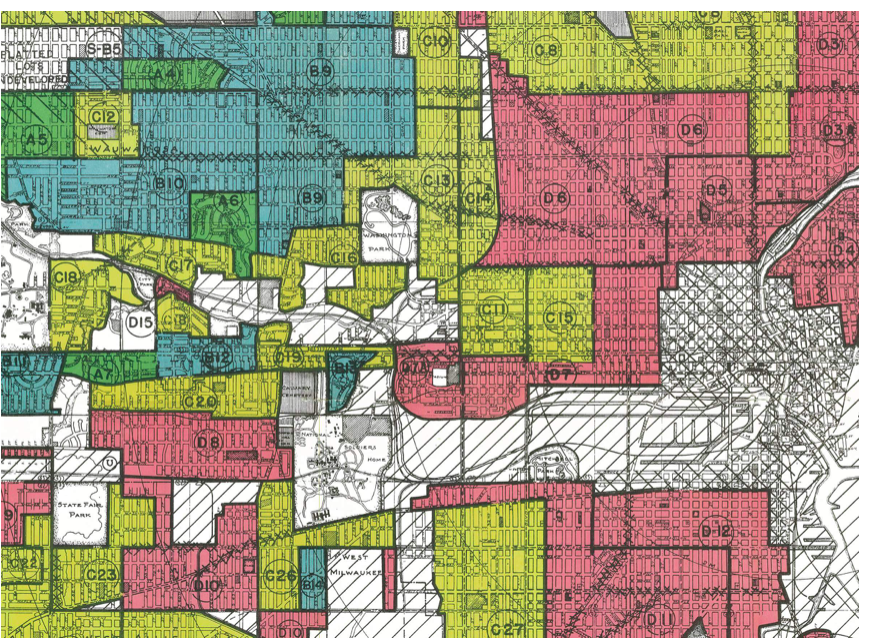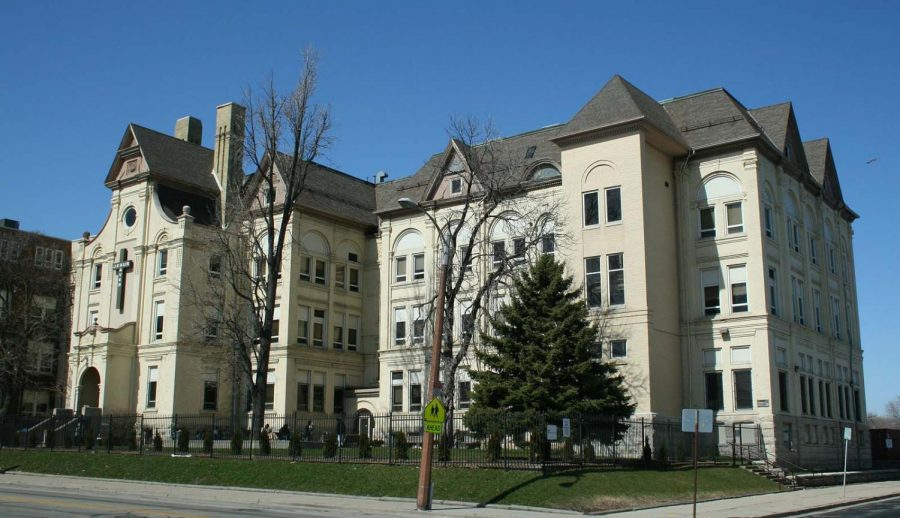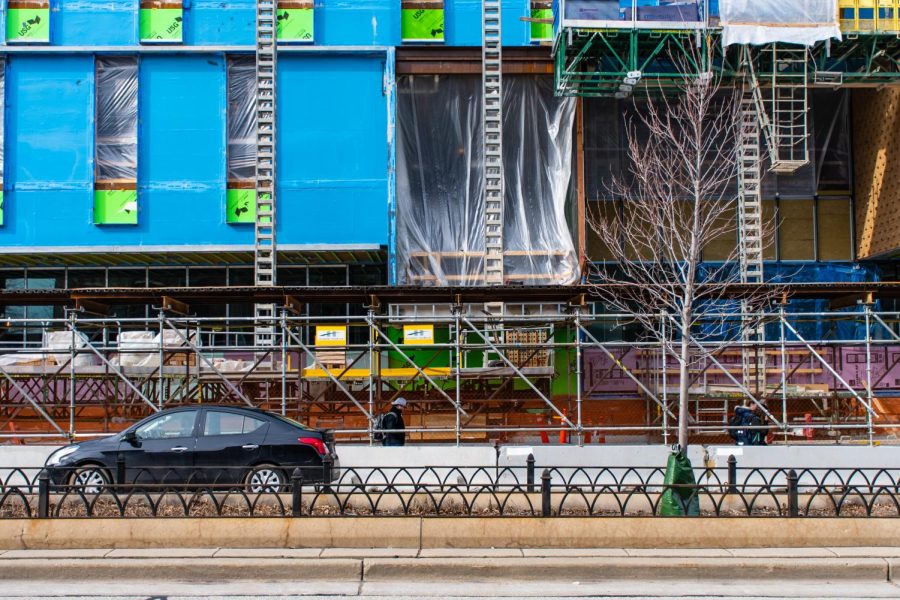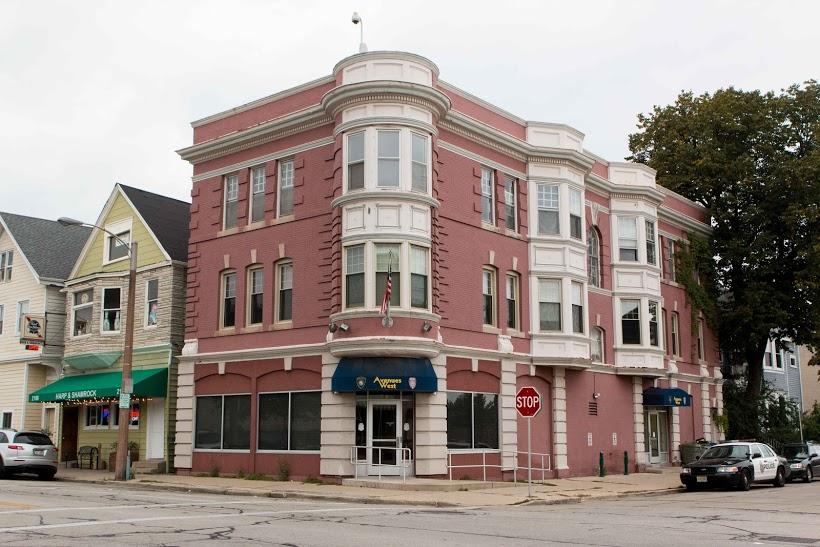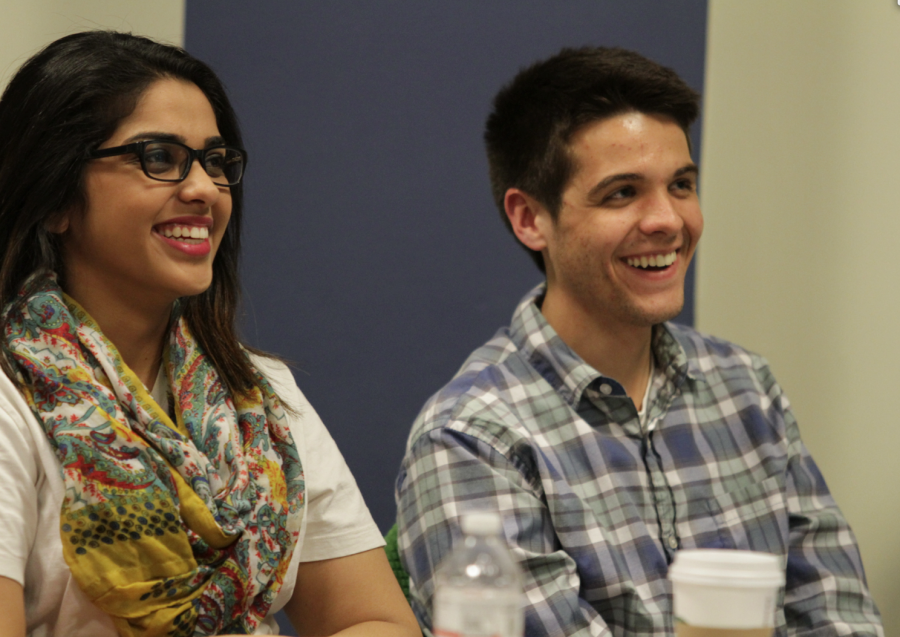Milwaukee is hurting. Throughout the month of February, the city was overwhelmed by violence, fear and loss. It is getting out of hand. It cannot be ignored.
Root causes of violence are numerous and complex. As Milwaukee seeks solutions to the problem, Marquette must also do its part to foster peace in the city and stand in solidarity against violence with the entire Milwaukee community.
The violence this past month began when Annie Sandifer, pregnant with her sixth child, was shot and killed on a party bus during a family event Feb.1. By the end of the month, Annie’s death had been followed by 19 homicides that took the lives of Joseph Lindsey, Jamal Anderson Jr., Amarah Banks, Camaria Banks, Zaniya Ivery, Nyah Chatman, Leonard Bethly, Meshala Pabai, Aubrianna Lancaster, one unidentified woman, three unidentified men and the victims of the shooting at Molson Coors Feb. 26: Jesus Valle Jr., Gennady “Gene” Levshetz, Trevor Wetselaar, Dana Walk and Dale Hudson. The shooter, Anthony Ferrill, died after shooting himself.
Milwaukee’s reckless driving problem cost two beloved community members their lives Feb. 11. Nathan Garski was panhandling on a median when he was run over by an intoxicated driver. He died with a sign that said “homeless and hungry” lying beside him. Less than two hours later, Joe Daniels, former dean of the College of Business Administration, died after being struck by a vehicle while crossing the intersection of 10th Street and Wisconsin Avenue.
To each and every human who has lost their life to violence in Milwaukee, rest in peace. You will not be forgotten.
Marquette is not immune to the violence that has infiltrated the area. The effects of violence seep into the community, far beyond the immediate consequences. A tragic example of this is unintentional casualties caused by stray bullets. This hits close to home for the Marquette community; we are astronomically lucky that no students were harmed when a stray bullet entered the eighth floor window of a study room in Wells St. Hall in The Commons residence hall Feb. 17.
Other innocent people like Jasmine Banks, killed by a stray bullet while driving her car last September, were not as fortunate. Her son, Jayden Banks, was five months old at the time. He will have to grow up without his mother. His life will never be the same. Violence elicits irreversible loss.
There are numerous factors that create conditions conducive to violent crime in Milwaukee such as high poverty rates, unemployment, low and unequal homeownership, the drug trade, the opioid crisis and segregation.
In 2018, the Boston University School of Public Health conducted a study investigating the effects of racial residential segregation on state firearm homicide rates. They found that a black person living in Wisconsin is 22 times more likely to be fatally shot compared to a white person. In New Mexico, a black person is two times more likely than a white person to be fatally shot.
Michael Siegel, co-author of the study and professor of community health sciences at BU, said “Racial residential segregation is independently linked with the racial disparity in firearm homicides, even when other racial inequalities are accounted for, including unemployment, poverty, income, wealth and single-parent families.”
The Milwaukee metropolitan area is one of the most segregated areas in the United States. Starting in the 1930s, the practice of redlining became one of the most significant factors fueling segregation in Milwaukee. According to the UW Applied Population Lab, redlining involves discriminatory policies that deny people of color access to equal home and loan opportunities. For decades, non-white residents were widely subjected to worse living conditions, poorly funded education systems and environmental hazards and were often distant from sufficient shopping, medical and social services. These negative effects live on.
According to an examination done by the Milwaukee Journal Sentinel, the homicide rate in historically black neighborhoods was 13% higher than the rate for the city as a whole from from 2014 to 2018. The non-fatal shooting rate was 28% higher than the average for the city.
In light of the correlation between segregation and violent crime, it is essential that the Marquette community take a critical look at the issue and address ways we potentially perpetuate division and violence. Marquette does not have the best reputation in surrounding communities; a stereotypical student at Marquette is a stuck-up, rich white kid. The closed off nature of the Marquette community in relation to surrounding areas has led campus to be perceived as the “Marquette Bubble.”
One way students can attempt to undermine these stereotypes is by engaging in long-term community service opportunities where they establish genuine connections with other Milwaukee community members. These experiences can also work against misconceptions that students may have about surrounding communities as they learn more about life outside of the “Marquette Bubble.”
Students can also take advantage of opportunities to embrace surrounding communities and venture off campus to experience all Milwaukee and its diversity has to offer. The nonprofit organization, Near West Side Partners, aims to unite and help the community while also trying to pop the Marquette bubble through programming that encourages students to get out and explore the Near West Side.
Staying up to date with local news is a great way to feel more connected to the Milwaukee community. A few outlets are the Milwaukee Journal Sentinel, Milwaukee Courier, WISN and WTMJ.
The Marquette administration is aware of the perception of the university as closed off to the rest of the city. After the Sherman Park riots in 2016, University President Michael Lovell released a message and said, “Marquette does not and will not separate itself from Milwaukee — we are as much a part of the city as its most troubled neighborhoods. Guided by our Catholic, Jesuit mission and commitment to social justice, we will meet our city’s problems where they are, not hide from them.”
Insider status within the “Marquette Bubble” comes with a degree of privilege that enables members of the Marquette community to be apathetic about the violence occurring in surrounding neighborhoods. Apathy is largely unintentional, but such attitudes are manifestations of privilege. An individual can choose to silo their local knowledge within the limits of Marquette’s campus and disregard occurrences in the wider Milwaukee community.
When there is news of a nearby threat, the concern of whether individuals involved were “Marquette-affiliated” is often clarified through Marquette University Police Department safety alerts. It is not irrational for MUPD to include this detail, as recipients of the alert are mostly Marquette-affiliated.
While it may be important for the Marquette community to have this information, reporting it prioritizes Marquette-affiliated individuals and reinforces the divide between the “Marquette Bubble” and surrounding residents. This sort of reporting does not encourage the audience of the safety alerts to pursue more information about the people involved in the threat if they are not Marquette-affiliated.
Staying informed about local issues like violence and reckless driving paired with mindfulness of the disparities that Milwaukee’s racist historical foundations have inflicted upon communities of color are going to be essential elements if Marquette wants to burst its bubble and foster a cohesive community response to the tragedies weighing down our city.
Keep up with local news. Pay attention to the names and faces of victims of violence in Milwaukee. Learn their stories. We cannot let people become nameless victims. We cannot allow tragedies to be unspoken.
Milwaukee is stronger than the forces trying to tear it down. The root causes of violence in Milwaukee need to be seriously addressed on legal, economic and social levels. Initiatives from the City of Milwaukee’s Office of Violence Prevention, outreach programs, legislation and partnerships working against gun violence must be pursued. In order to move forward, Milwaukee residents need to unite in solidarity with victims and their families and remain aware of the violence plaguing our city.
This story was written by Annie Dysart. She can be reached at anne.dysart@marquette.edu.

